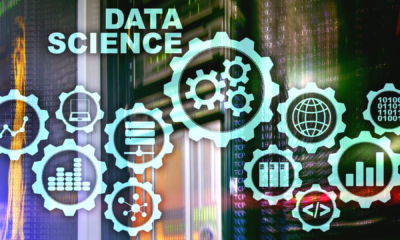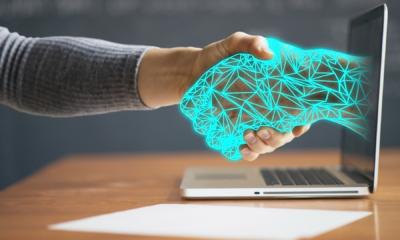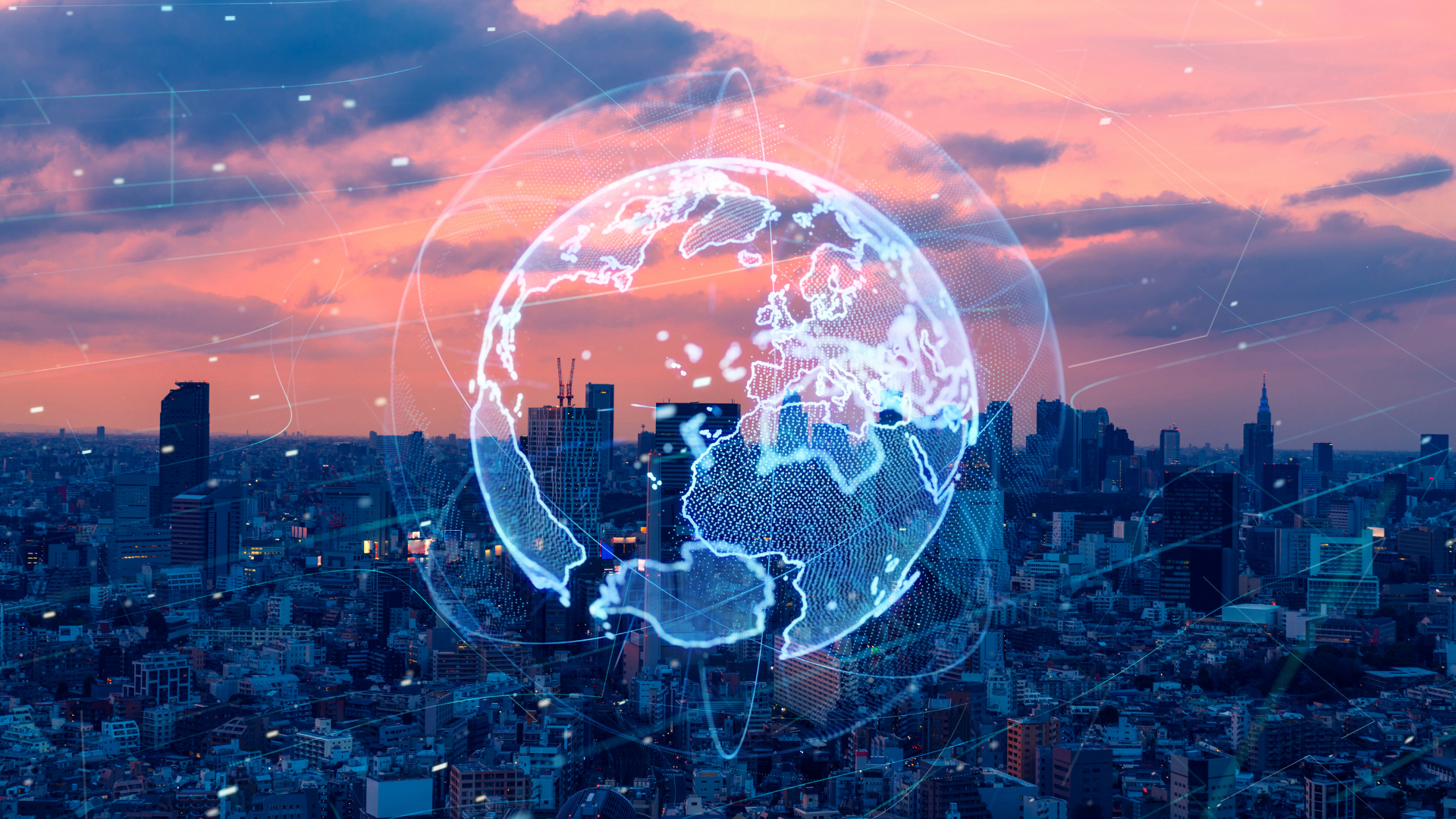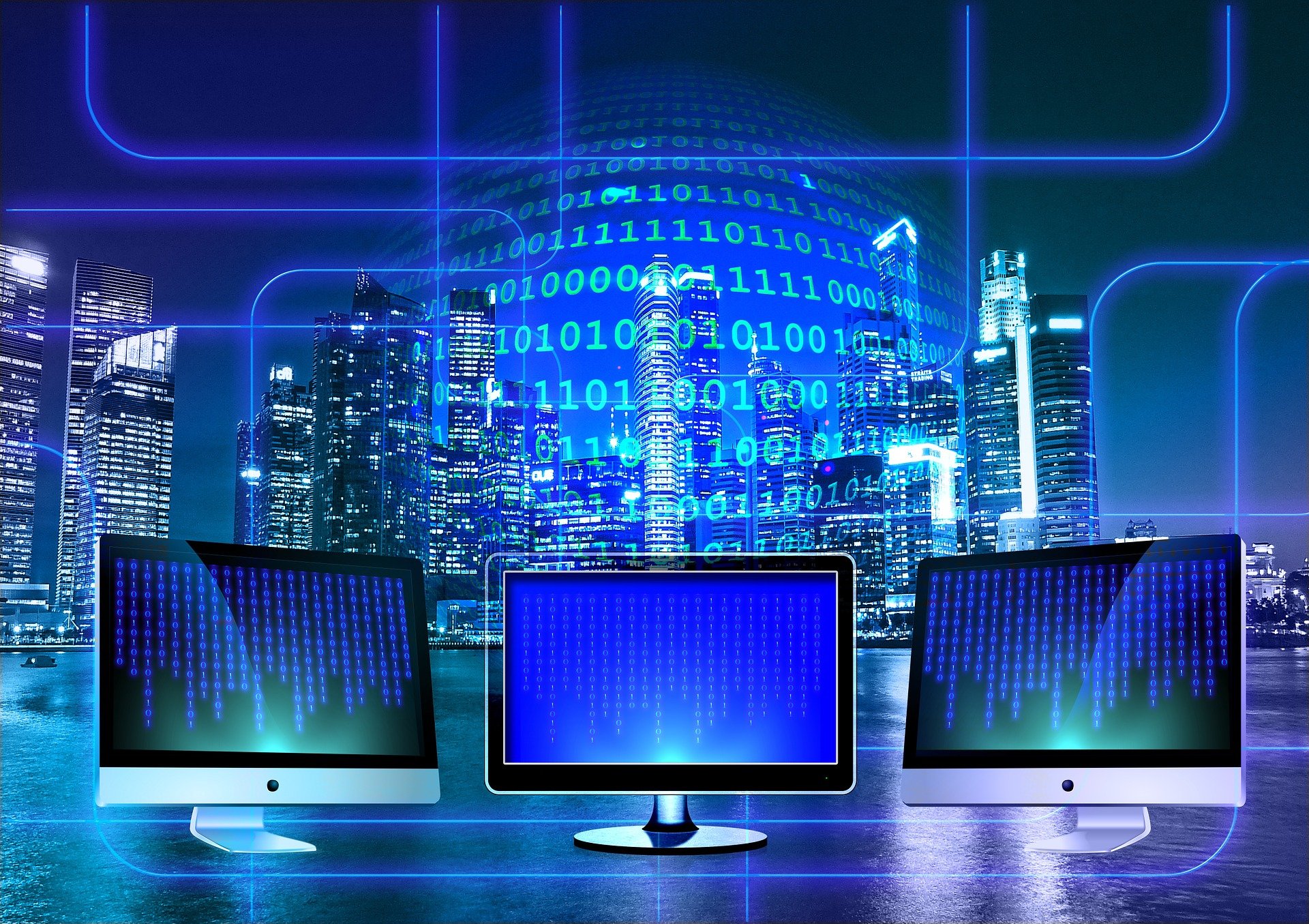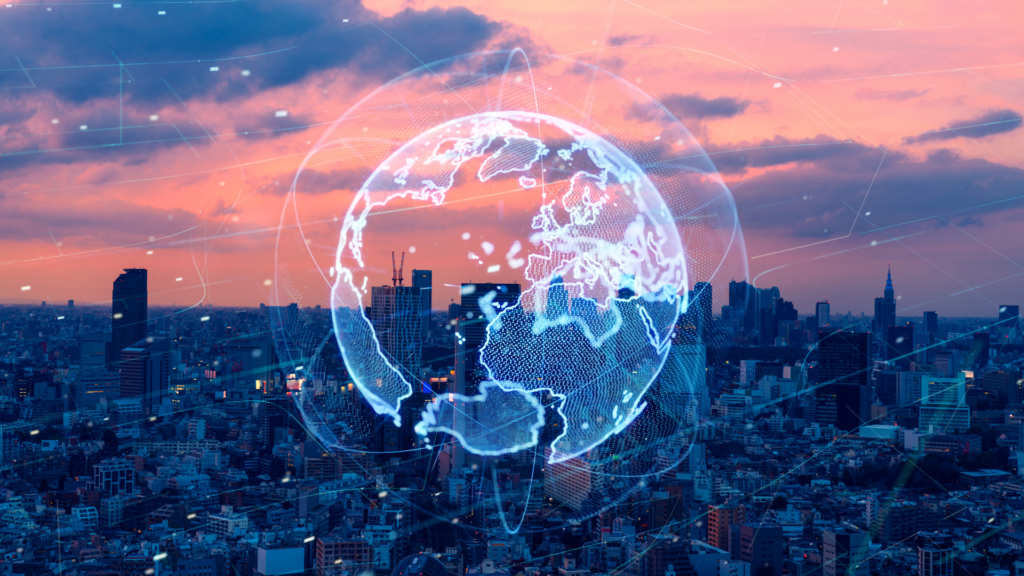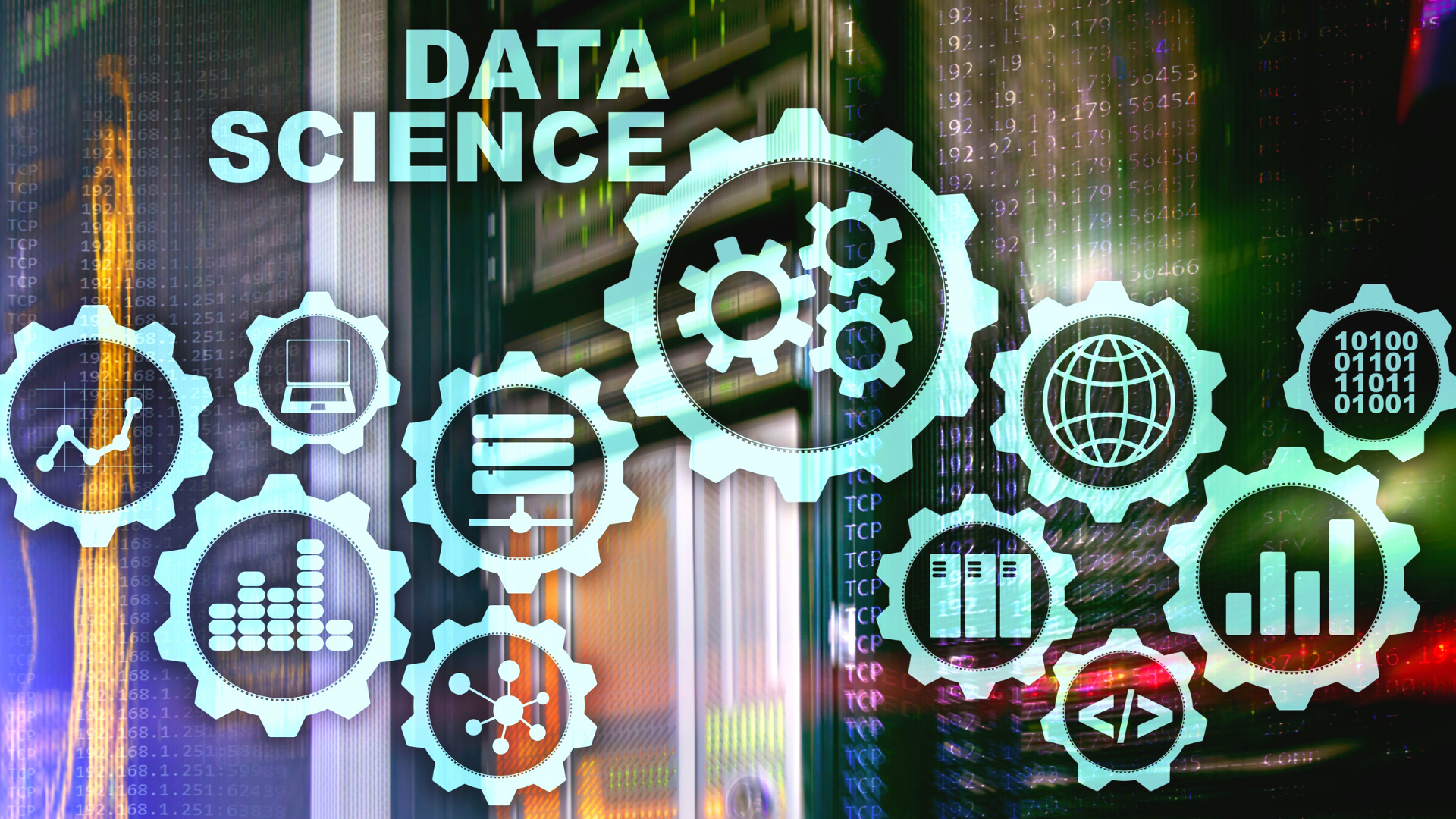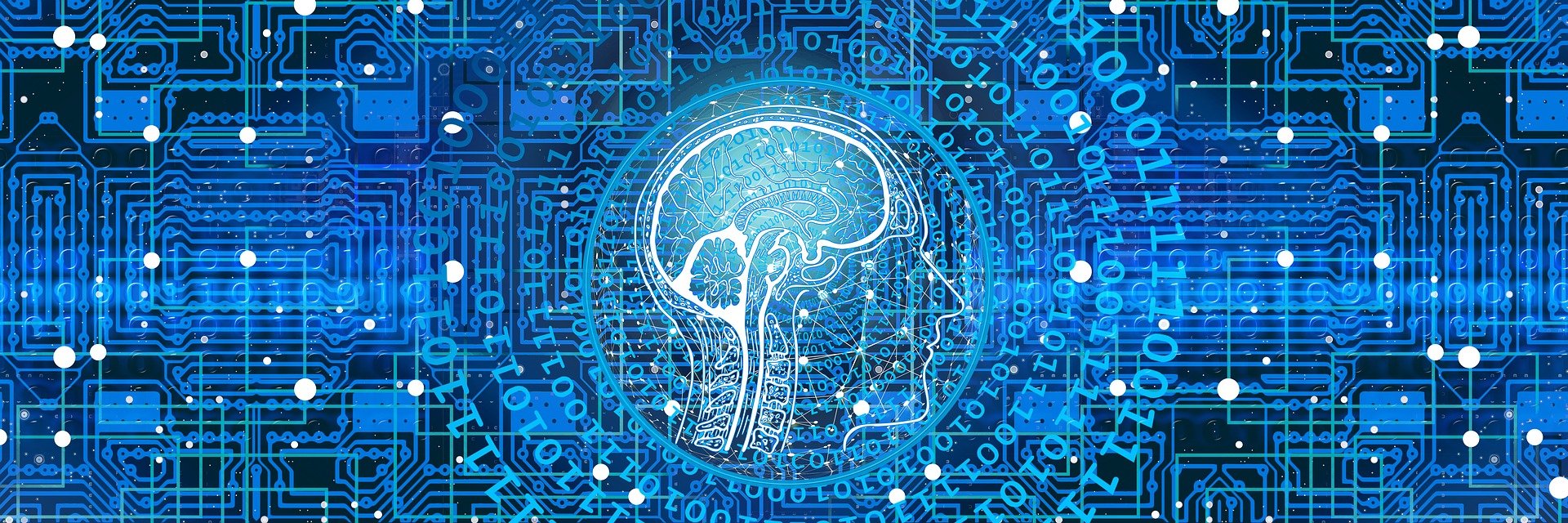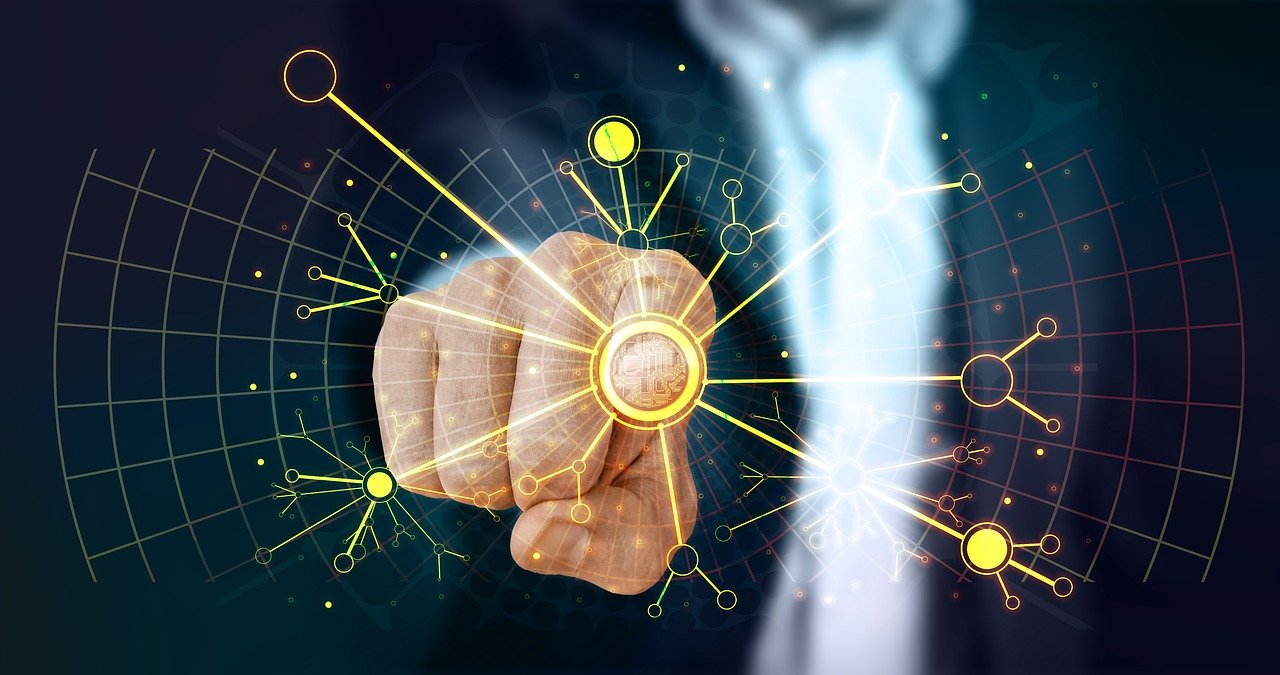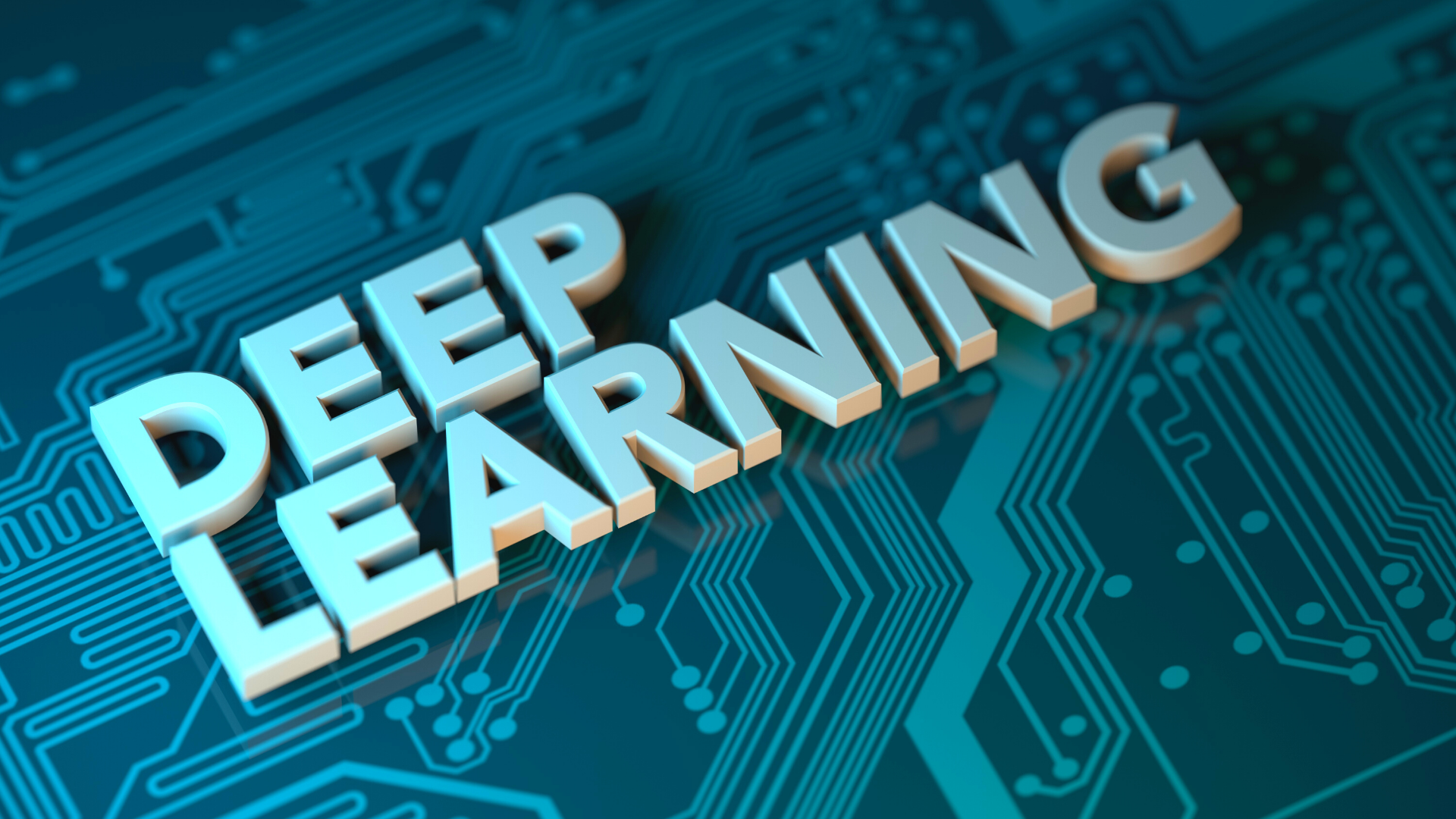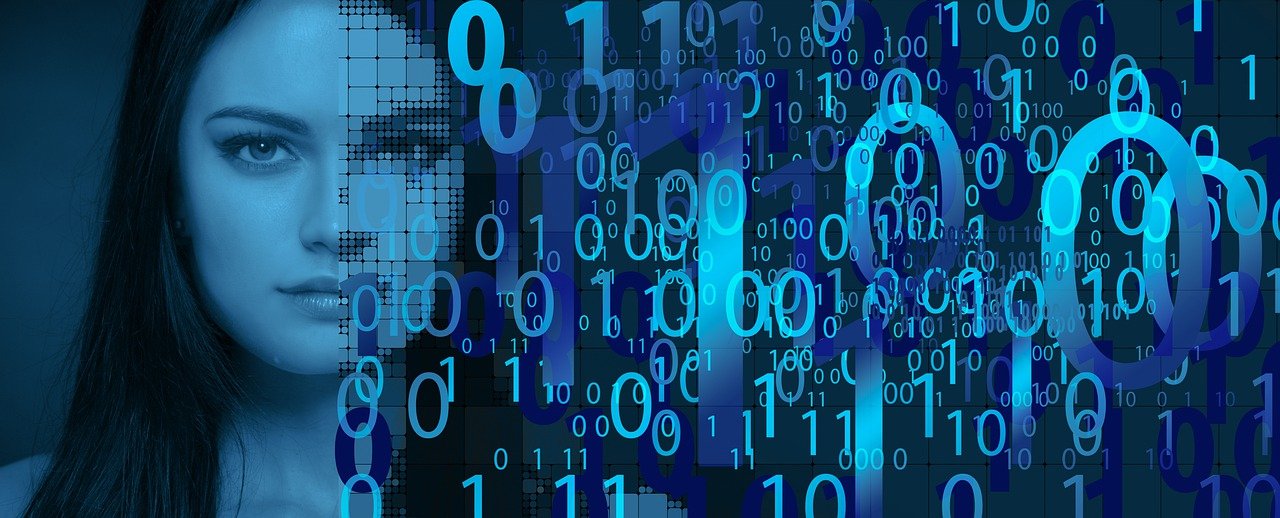Artificial Intelligence is a developing field with incredible potential. But it also has some pretty serious limitations. In this article, I will explore the topic of AI by examining some of its benefits and risks.
I will first discuss the potential upsides of AI, which include things like increased safety
on our streets by reducing car accidents or making more accurate medical diagnoses.
I will then address the downsides of AI, including what happens when computers make decisions
It all boils down to whether the benefits outweigh the costs for something as complex as Artificial Intelligence.
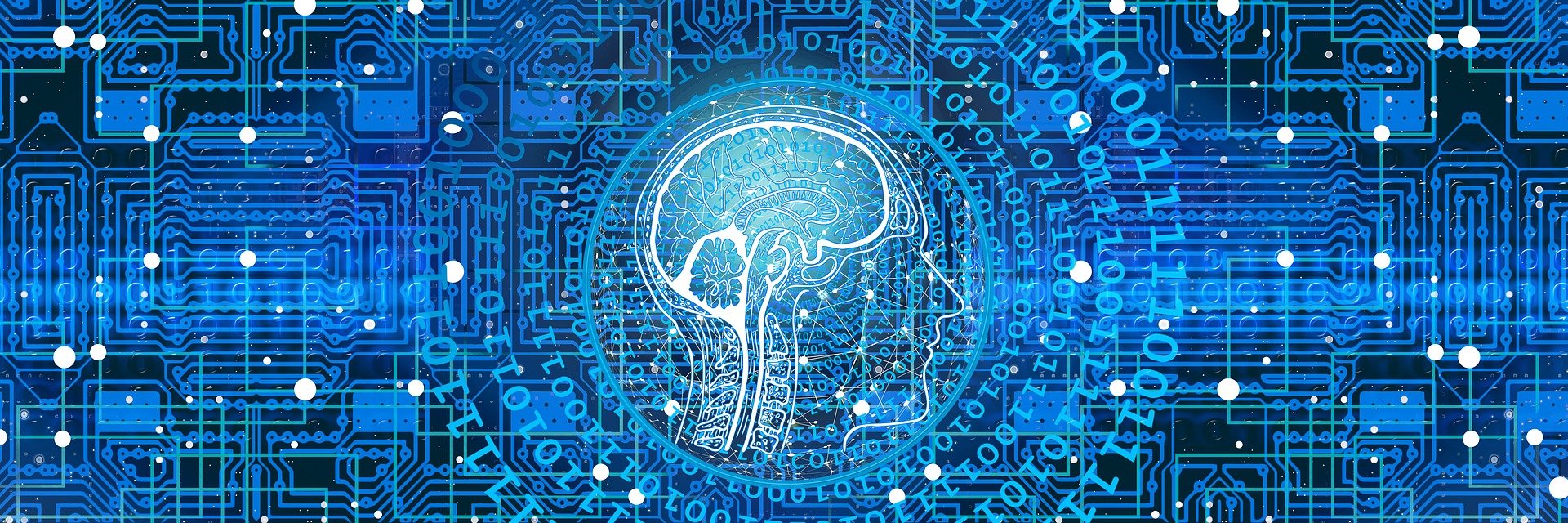
Artificial Intelligence: What is it?
Artificial Intelligence is a field of computer science that studies the design of intelligent agents, typically software applications.
Machine learning is the ability for computers to learn from experience,
is the ability for computers to identify what they are looking at, to provide information, or to complete tasks.
Artificial Intelligence is a developing field with incredible potential. But it also has some pretty serious limitations.
Artificial Intelligence (AI) is a developing field with incredible potential. But it also has some pretty serious limitations.
In this article, I will explore the topic of AI by examining some of its benefits and risks.
I will first discuss the potential upsides of AI, which include things like increased safety
on our streets by reducing car accidents or making more accurate medical diagnoses.
I will then address the downsides of AI, including what happens when computers make decisions
that are biased or discriminatory against certain people, like women or people of color.
It all boils down to whether the benefits outweigh the costs for something as complex as Artificial Intelligence.
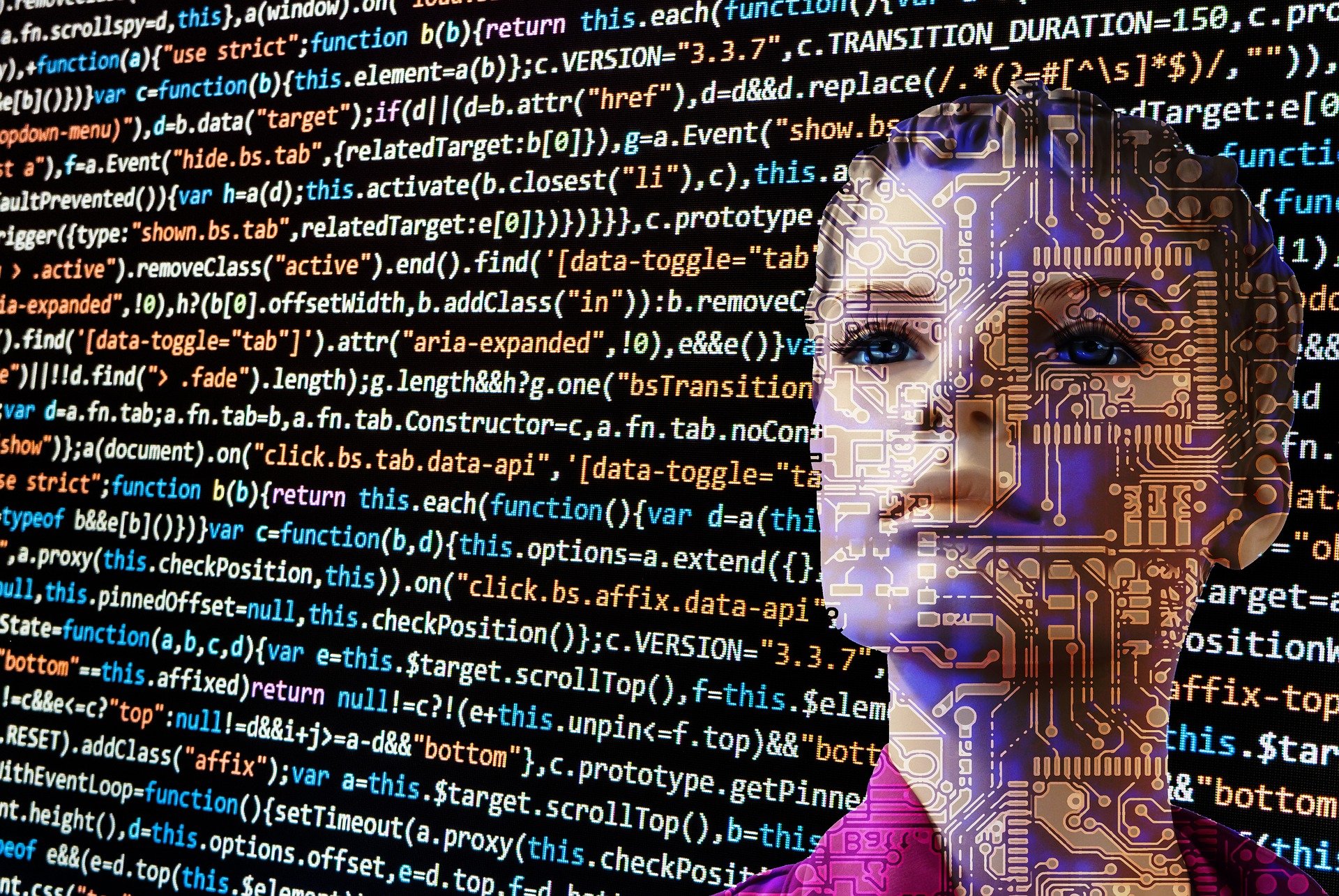
Here are some of the benefits of AI
In the medical field, AI can help doctors make more accurate diagnoses. Technology is also being used to reduce car accidents by making cars smarter and more intelligent.
AI has a variety of other potential benefits in a multitude of fields, including education, law enforcement, and business. In fact, companies like Apple and Google are using AI to improve their products and services every day.
For example, Google’s Assistant can interpret voice commands in many different languages and provide better search results for users with diverse needs. As technology improves over time, AI will only become stronger and more beneficial to society at large.
Here are some of the risks of AI
It is true that Artificial Intelligence has many benefits. But there are also some downsides to technology.
Some of these risks include computers making biased or discriminatory decisions, an increase in surveillance by governments and corporations, and the potential for AI to have a negative effect on the labor market.
It comes down to whether the benefits of AI outweigh the costs. For example, if you are not comfortable with your computer thinking that you are pregnant even though you are not, then this is a risk that you might be willing to take because it will make your life easier. On the other hand, if you were concerned about your privacy being violated by companies using AI without consent, this is a risk worth addressing before adopting AI technology.
It all comes down to how much risk someone is willing to take when adopting modern technologies like AI.
Biased or discriminatory computers
Artificial intelligence can often make decisions that are biased or discriminatory. One famous example of this is the COMPAS criminal risk assessment system, which judges a person’s likelihood of committing a future crime based on a series of predictive factors. The COMPAS system was shown to be biased against people of color, leading to criticism from civil rights groups.
To avoid these biases, it is important for computers to not only consider the same information as humans would but also use this information in a way that is fair and balanced.
The computer must be able to clearly explain how it produced its decision because people need a concrete understanding of what went into making a specific choice so they can understand how they should adjust their behavior going forward. AI needs to have accountability when it comes to discrimination and bias for them not to have an adverse effect on society
Automation
In this section, I will discuss how automation is a benefit of AI.
Automation is the process by which a machine or computer system performs tasks without human interaction. Automation can free up time for humans to focus on more interesting and creative tasks, while the machine does mundane work
For example, if an individual needed to make five copies of a particular document, they would need to print out the document five times and manually collate them together before scanning them all into the copy machine to make copies. The machine will then scan documents automatically and produce five copies without any effort from the user.
This is just one example of how technology can automate some tasks that humans may find tedious. In other words, there are benefits to having automated systems in place since it frees up time for people to do more important jobs like focusing on creativity or innovation instead of administrative tasks that do not require much thought or creativity.

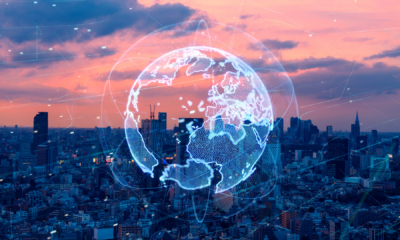
 TECHNOLOGY2 years ago
TECHNOLOGY2 years ago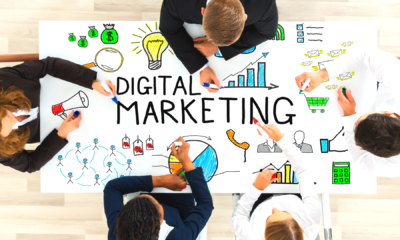
 DIGITAL MARKETING2 years ago
DIGITAL MARKETING2 years ago
 MOTIVATION2 years ago
MOTIVATION2 years ago
 HOME IMPROVEMENT2 years ago
HOME IMPROVEMENT2 years ago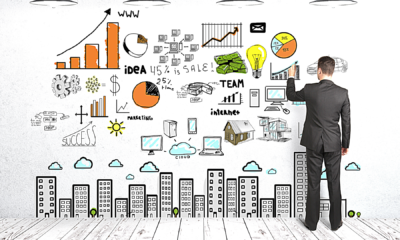
 BUSINESS2 years ago
BUSINESS2 years ago
 EDUCATION2 years ago
EDUCATION2 years ago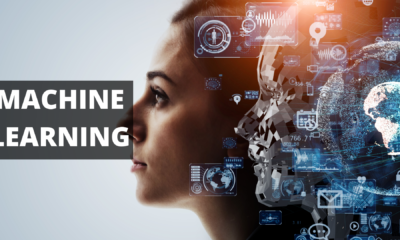
 TECHNOLOGY2 years ago
TECHNOLOGY2 years ago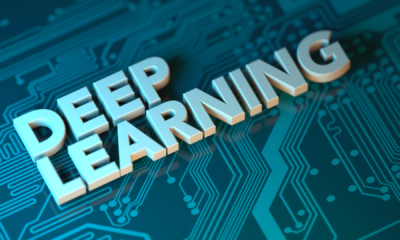
 TECHNOLOGY2 years ago
TECHNOLOGY2 years ago


